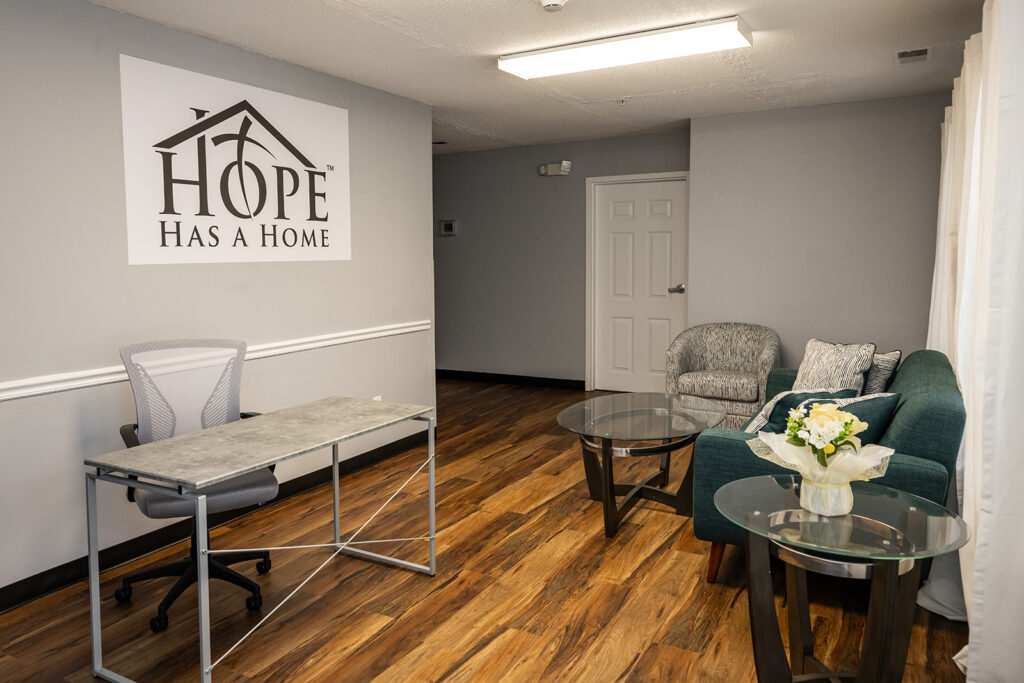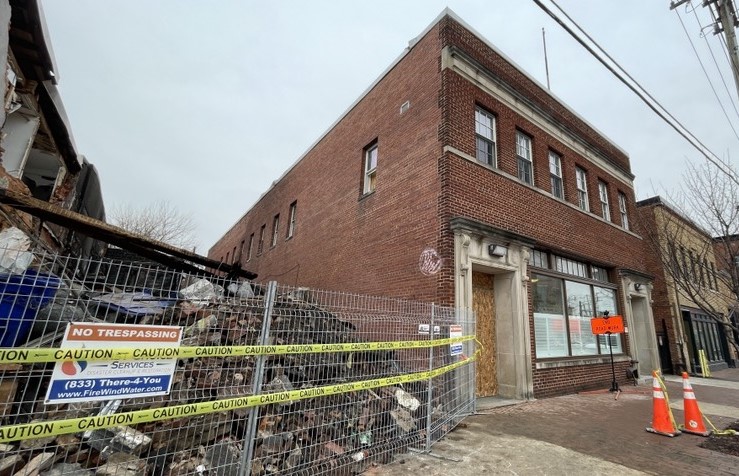The recent 11-day heat wave that swept the East Coast hit the D.C. metropolitan area particularly hard. An accompanying violent storm on the night of June 29 claimed at least nine lives in the D.C. region. The storm left more than a million local residents without power and thousands without water, making the triple-digit temperatures even harder to bear.
The severe weather impacted everyone in the region. But surviving the intense heat posed special challenges to the homeless. And the city’s system intended to help the city’s poorest and most vulnerable residents survive extreme temperatures may not always address their needs.
Heat has already been blamed for two deaths in the District this summer, and others are under investigation, according to the city medical examiner. Neither victim appeared to have been homeless. Yet homeless people face special risks during excessive heat. They have limited options in terms of places to go, and may also lack access to drinking water. Many also suffer from chronic illnesses and other medical conditions that can make them more vulnerable to hyperthermia, a condition where extreme heat overtaxes the body’s ability to function.
The city’s 2005 Homeless Services Reform Act, which requires city agencies to provide emergency shelter to the homeless in freezing weather, also stipulates that cooling centers be made available when the “actual or forecasted temperature or heat index reaches 95 degrees.”
The District’s system of cooling centers for the homeless are located in shelters in addition to other public facilities. They do not offer beds as they do during freezing weather. When a hyperthermia alert is activated, the shelters, which are normally closed from 7 a.m. until 7 p.m., are required to reopen.
But getting back to the safety of the shelters to make use of cooling center services during the day can pose a challenge.
Free transportation back to the cooling centers is available, according to one city official, who did not want her name used. Homeless men and women can call the shelter hotline for a ride. The service, she stressed, is only available as long as the alert in in effect.
The hotline service, which is offered by the United Planning Organization, provides up to six vans during a heat emergency. The shelter hotline number is the same as it is during the winter: 1-800-535-7252, and officials urge anyone who sees a homeless person needing assistance to call.
Yet homeless people waiting for a regularly scheduled bus back to a shelter late one recent afternoon seemed confused about the system and did not mention the hotline service. Neither did workers reached at area shelters.
Tyrone Hulett, who answered the phone at the 801 East Men’s Shelter on a recent hot day, said that if temperatures climb and the government issues a hyperthermia alert during the day, homeless individuals must return on their own or find somewhere else to stay cool.
“It’s sad to say, but it’s not our concern [where the homeless go during the day],” said Hulett.
At the Open Door Shelter, Officer Wanda Banks said women were also on their own.
“The policy is, when the alert comes on, we let the ladies in,” she said. “[But] they come back the same way they leave, on the bus or however they got to where they went.”
Some homeless people just choose to remain outdoors in the heat. Others seek out cool places besides shelters, said Eric Sheptock, a homeless advocate.
“I don’t know of anybody having any trouble getting indoors,” Sheptock said. “There are places for people to go. The MLK [Martin Luther King Jr. Memorial] Library has been serving as a cooling center. That’s a major homeless hangout.”
In the wake of the widespread outages caused by the June 29 storm, city officials had to broaden their emergency response to help thousands of normally housed residents who were temporarily displaced or left without utilities to cope with the heat.
The District provided boxed lunches at six locations for 10 hours on July 3.
These lunches were not specifically designated for the homeless. Yet such emergency provisions provided one more reminder that a broad sector of the population was getting a temporary taste of the kind of needs that many homeless people experience every day.
Pools, libraries and other public facilities did double-duty as additional cooling centers for the general public, offering extended hours in an effort to assist. The D.C. government made information about the cooling centers available. The Department of Homeland Security and Emergency Management Agency (HSEMA) distributed bilingual fliers.
In some cases, designated cooling centers experienced power failures and officials had to scramble for alternative sites.
“I think they really tried hard to respond, with all this craziness,” said Patricia Mullahy Fugere, executive director of the Washington Legal Clinic for the Homeless, Inc.
Louis Whitaker saw the notices with information about swimming pools that were open for extended hours. But he said he considered the information “a waste of time” for a homeless man such as himself.
“The people don’t have transportation to get to these swimming pools,” Whitaker said.
Even if they could get to the pool, they might not have the proper attire to make use of it.
“When [we’re] going to these swimming pools, we don’t have swimming trunks… the women don’t carry around bathing suits. To me, this doesn’t make sense.” Whitaker said.







